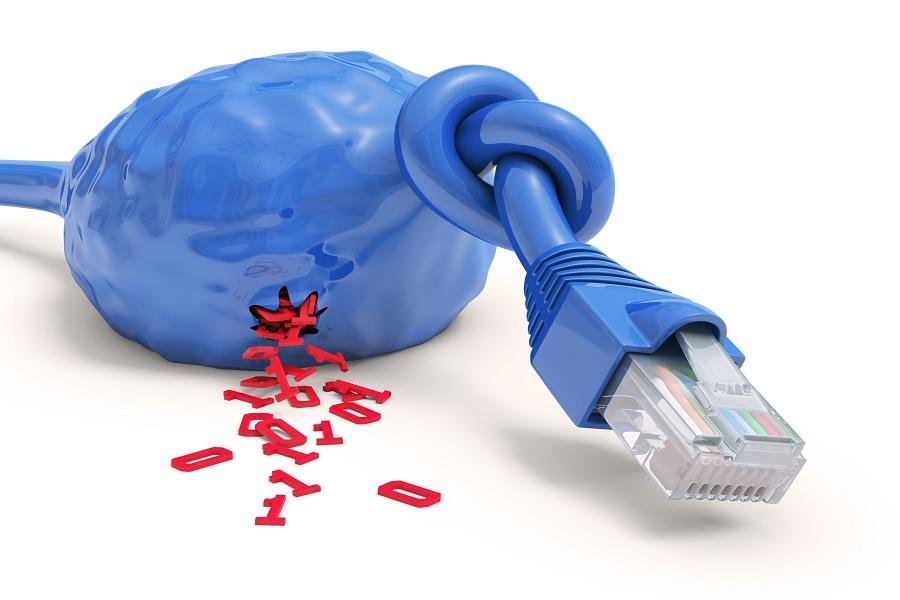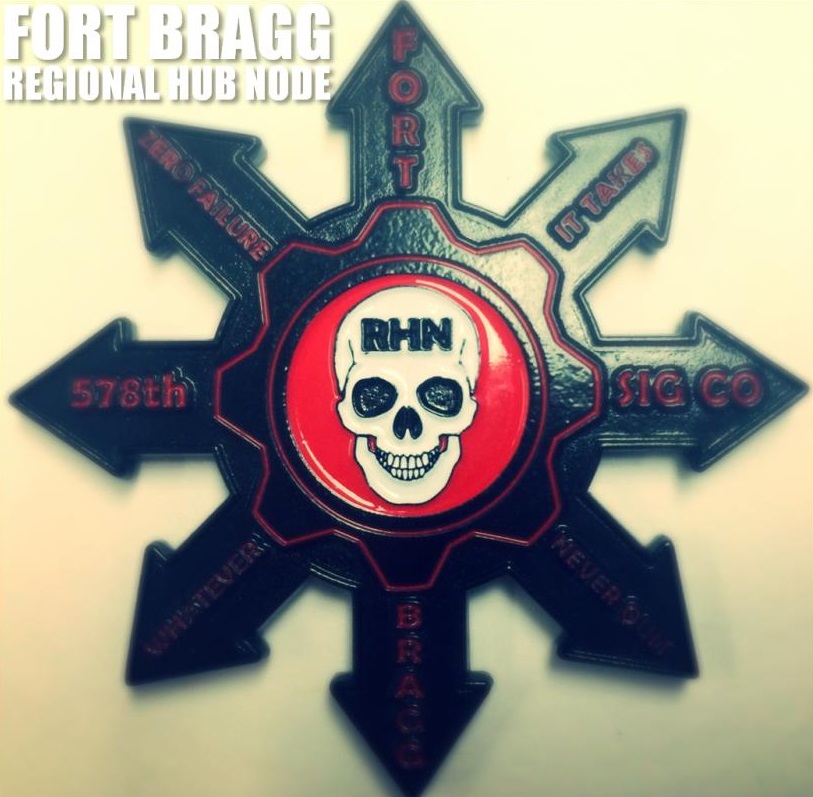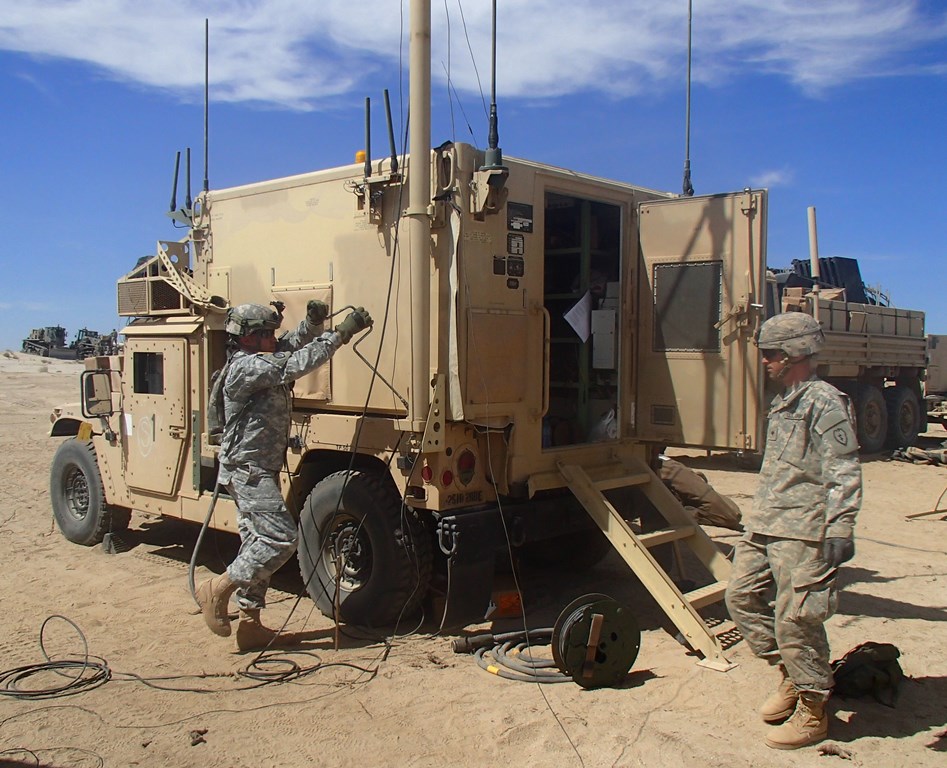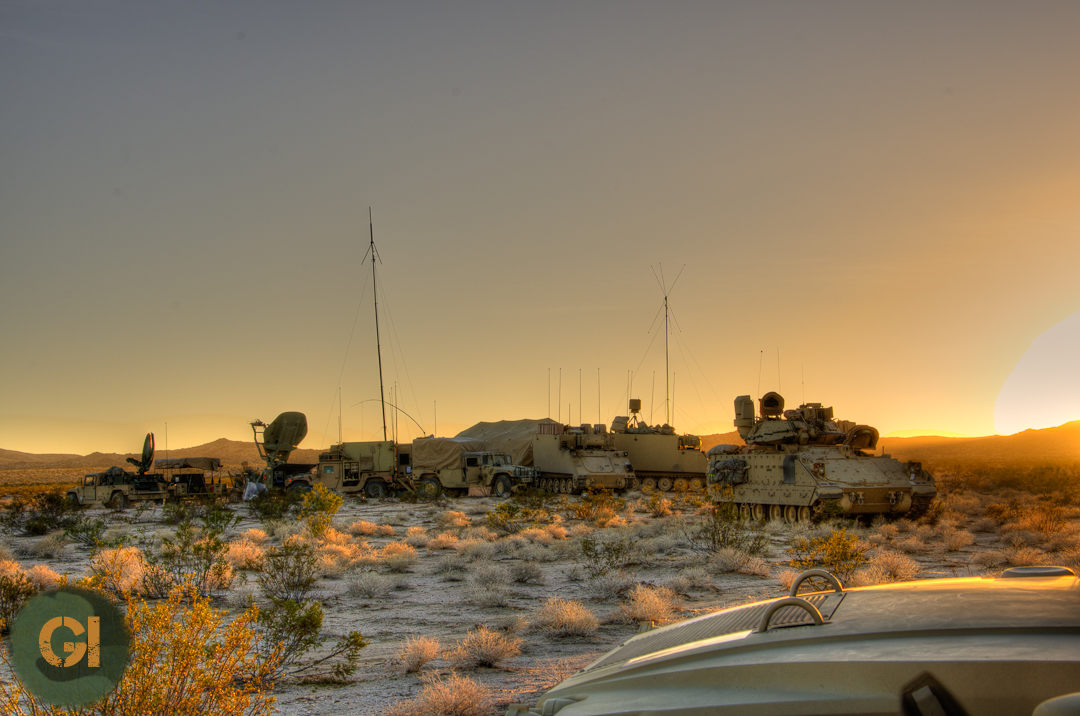Have you heard the expression “Can’t see the forest for the trees”? Simply put, it means that someone gets so caught up in the details of the situation that they lose track of the bigger situation. This is a situation I see often by a variety of people in different positions but for the purposes of this article, we’ll be talking about Net Techs.
Scotty, I Need More Bandwidth!
Usually about half way through each rotation I will try to find the Brigade XO and spend a few minutes talking to him about communications. By this time, the network is well-established, the unit has conducted a couple of CUBs, and by and large everyone should have a pretty good idea of how well we can (or can’t) communicate across the unit. One of the comments I frequently hear is that they “need more bandwidth”.
From the Foxhole – The Fort Bragg RHN
The Bragg Regional Hub Node (RHN) is one of five RHNs in the world. The RHN is a critical component in the Warfighter Information Network Tactical (WIN-T) architecture and has significantly evolved over the past three to four years, meeting the ‘needs and requirements’ of the ever growing and developing WIN-T program. Regional Hub Nodes are an integral part of the network architecture and provide critical support for all three Army components and the Marines.
Managing IP Space
Who is responsible for managing your unit’s IP space? Is it you? Is it the 255A or 53? Do you actually have someone who is responsible for issuing and controlling the IP space for the unit? There was a recent discussion in the 255N Facebook group about things we can do to secure the network. One of the things brought up was knowing every device that was on the network. While that is important (and one I will get too shortly), today I want to talk about something a little simpler, knowing where all of your IP space is.
How to Find a Needle in the Desert
So if you happened to be up and in system a couple of weeks ago, you may have noticed a prolonged period of “disruption”. The brigade on rotation here began to see instability across the satellite network effecting both TDMA and FDMA. We were eventually informed by the commercial satellite provider that the problem terminal was indeed located in the Fort Irwin area. The focus of this post is sort of an AAR of what occurred in an effort to identify the responsible terminal, and what could have been done to improve the situation from the very beginning and to minimize the chances of this happening again.
Whose Got Your Backup?
I think that most in the military would agree that there has to be someone in charge. Who that person is may well change for a variety of situations, but there is always someone that is in charge. From a command perspective it is the Commander followed normally by his deputy. From a mission command perspective it is normally the TOC (or Main) followed by the TAC. From a network perspective it is NETOPS followed by….
What to do with a TAC JNN
The standard BCT is issued two JNNs normally designated to support the BDE Main and the TAC however many units have found that this may not be the best way to actually employ these systems. One sign of a true Net Tech in my opinion is someone who is able to examine their assets and design a network that makes sense, not one that the Army prescribed.







